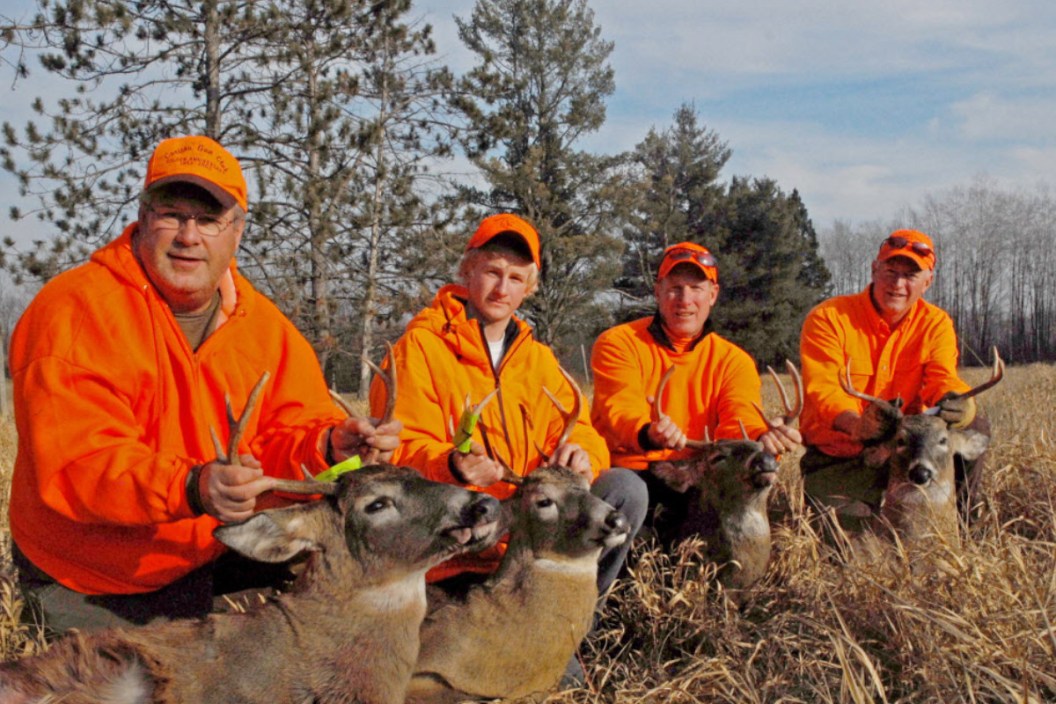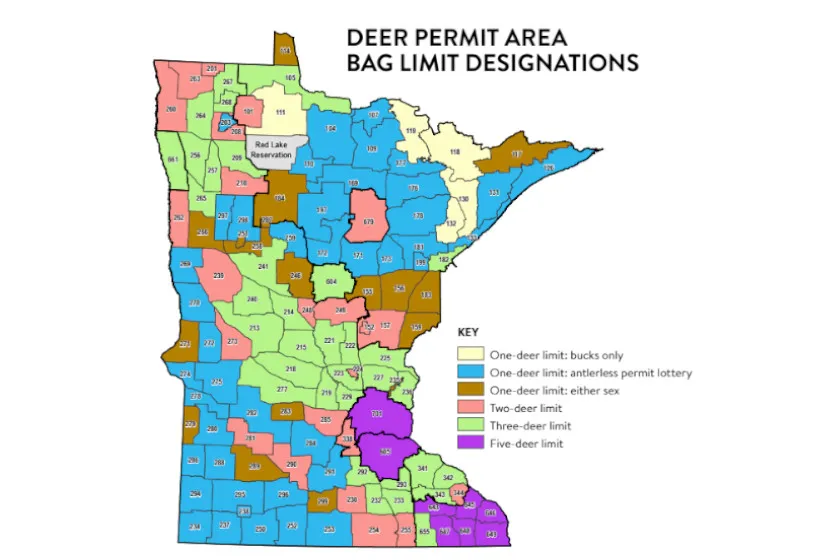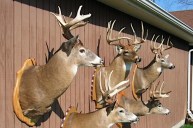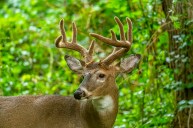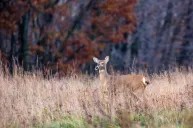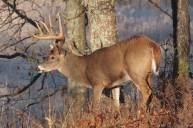While the nickname may be the "Land of 10,000 lakes," there is no question that Minnesota is a deer hunting paradise with a proven track record for producing big bucks. The state ranks number four all-time for the number of qualifying entries submitted to Boone & Crockett. No wonder many deer hunters put a trip to Minnesota's north woods on their bucket list.
There is one thing we don't care for with the state's deer hunting: the Minnesota Department of natural Resources' explanations of their hunting regulations. Specifically, those that pertain to the different hunting zones and deer permit areas and how that affects bag limits and season dates statewide. Today, we'll attempt to break this confusing information down into easier-to-digest bites that will help ensure you stay legal as you search for that buck of a lifetime this season.
A Brief Explanation of Zones and Permit Areas

Minnesota's Zones - Minnesota DNR
Perhaps the most considerable confusion for those new to Minnesota hunting is the exact difference between their zones and permit areas. The Minnesota DNR buries this information on its website, but we dug it to the surface for you. In short, "deer zones designate areas of the state where season dates and regulations vary," the DNR writes on its website. Most of the differences revolve around the firearms deer hunting season. For example, Zone 100 areas, which makes up most of the northeastern part of the state, is Zone 100.
Zone 200 areas, meanwhile, make up the most significant amount of real estate and encompass most of the western and southwestern parts of the state. There are also 300 areas, the smallest in the state, found in the southeastern portion with larger deer populations. The other two areas are Zone 600, which marks special management areas for chronic wasting disease or CWD, and Zone 701, which is simply the greater Twin Cities metro area.
Deer permit areas (DPA) are the individually numbered areas within each zone. For example, Zone 230 is a 200-series area in the southern part of the state. Zone 133 is a series 100 area in the northeast part of the state. While archery hunting, early antlerless, muzzleloader, and youth seasons stay the same statewide, the firearms seasons vary depending on the DPA. Minnesota has a firearms Season A which runs from November 5 until November 13, 2022. That's the most common season for areas in the 100 and 200 Zones.
However, in some areas, there is an additional firearm, Season B, which runs November 19 through the 27th. The DNR reserves this second season primarily for areas with a heavier deer population. Zones in the 300s and the 600 series CWD zones fall under this umbrella, giving hunters more chances. Zone 701 can also be legally hunted during the A and B season dates as officials try to curb the number of urban deer in these hunting areas.
Once again, the Minnesota DNR website buries some of the most helpful links. We highly recommend checking out their somewhat hidden interactive area map that shows the exact borders of every DPA. Clicking on any area will give you the exact season dates and bag limits for each site, even the CWD management zones.
How Many Deer Can You Shoot in a Zone?
Most hunters want to know precisely the bag limit for their DPA. Minnesota gives different bag limit designations to each DPA depending on the population's health in each area. The map above shows clearly what the limits are for each area. The DNR purposely limits DPAs 111, 118, 119, 130, and 130 to a one-deer limit (bucks only). These are areas with lower deer numbers that the DNR wants to see rebound.
In 2022, the DNR says they increased bag or lottery permits in 28 DPAs while decreasing them in only DPAs. Another 90 DPAs saw no change from the year prior. Many areas of the state now have a two-deer or three-deer limit. DPAs 701, 605, 643, 645, 646, 647, 648, and 649 all have a five-deer limit for the 2022 seasons.
If you purchase your hunting license in person, you'll likely be asked what DPA you hunt most often. This information will be printed on your license, but don't worry, that doesn't restrict you to that DPA only. They collect that data to estimate how many hunters use each DPA. For further clarification, the DNR states that the license is the essential document that allows you to hunt. The permit is what "adds on to what you can do with your original license."
This means if you have an archery season license with an antlerless permit for a specific area, you may only harvest an antlerless deer in the location specified by the three-digit DPA number using archery equipment. If you have a firearms license with an either-sex permit for a different DPA, you may harvest an antlered or antlerless deer with a firearm in that specific DPA.
CWD Zones and Firearms Restrictions
Before we wrap this up, we did want to briefly mention the areas that have additional requirements due to detection or surveillance for CWD. In 2022, the DNR is listing DPAs 661, 679, 604, 605, 655, 643, 647, 645, 648, 649, and 646 as CWD management zones. This means that the carcasses of deer harvested within those zones cannot leave them until a test shows they are CWD-free. DPAs, 255, 343, and 344 are all "control zones" where the same restrictions apply. Although there are exceptions if you completely de-bone, quarter, or otherwise remove the parts of a deer's body that are known to transport the prion that causes CWD. The DNR can and will fine anyone they find violating the rules in these zones, so it pays to know them.
We last wanted to mention firearms restrictions pertaining to MN's deer hunting zones. Unfortunately, the state is still a little behind the times in its designated shotgun, muzzleloader, and hunting handgun-only areas. Minnesota has tried to eliminate these zones through the legislative process several times, and each attempt has failed. The Minnesota DNR has also not embraced the legalization of straight wall cartridge rifles like the 450 Bushmaster or 350 Legend like neighboring Iowa.
Most of the 200 series DPAs fall under these restrictions. Here's a link to a map showing the exact line in orange. On the east side, the line starts near Taylors Falls and runs roughly northwest across the state until it flattens along the Clay and Norman County Line in DPAs 262, 265, and 266. That means there are some parts of DPAs where rifles are legal and others where they are not. Before making your weapon selection for firearms season, you'll want to consent to a map carefully.
Other than that, that's all there is to know about Minnesota's deer hunting zones. We wish all Minnesota hunters a safe and productive season in 2022!
For more outdoor content from Travis Smola, follow him on Twitter and Instagram. Check out his Geocaching and Outdoors with Travis YouTube channels for original videos.
